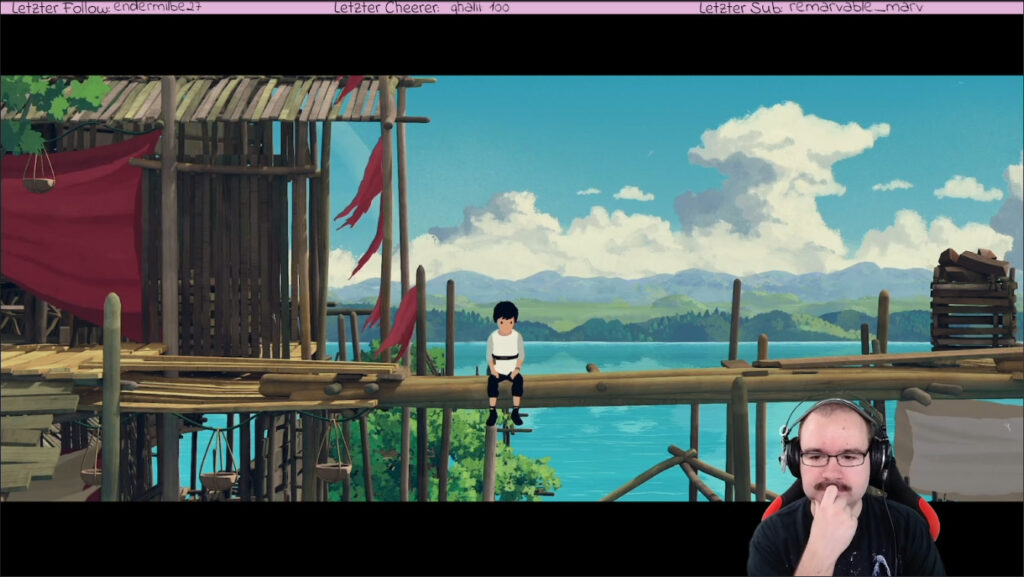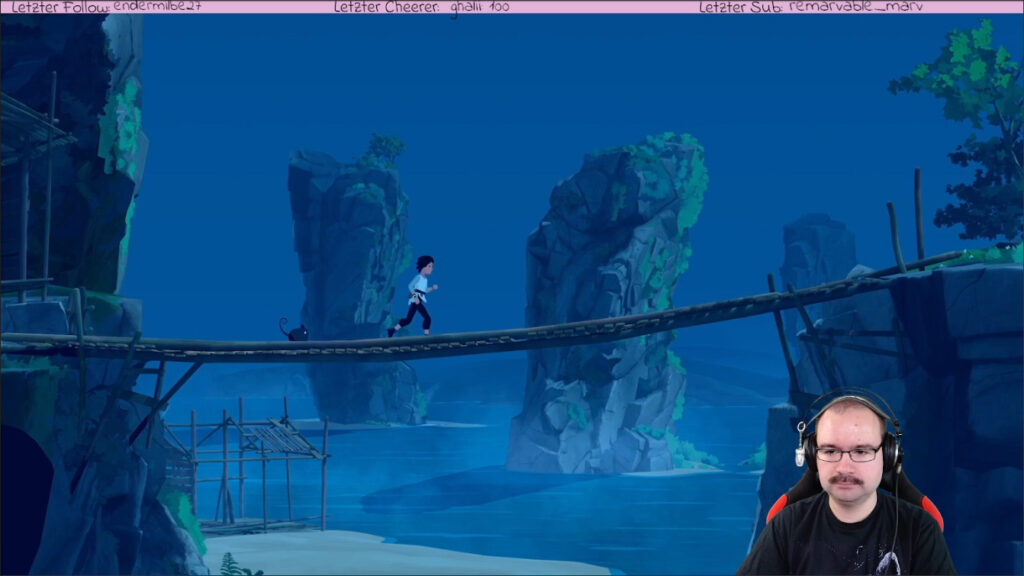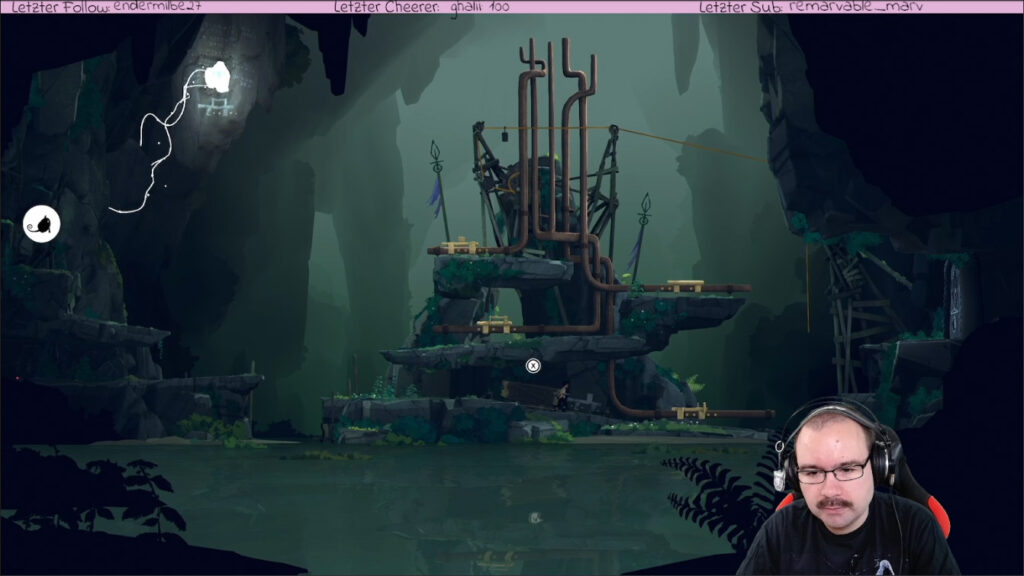Today we’re talking about a game that really surprised me in a positive way: “Planet of Lana”. It’s a puzzle platformer, which is the same genre as “Inside” and “Limbo” – so my expectations were low. However, I quite liked the style and since it was available on Gamepass, the risk was low – so I gave it a chance.
In addition to the low financial risk, the playing time also played a role – at around five hours it is definitely one of the shorter titles, but this time is used very well. But what is it all about?

In “Planet of Lana” we control the titular protagonist “Lana” through a two-dimensional world. At the beginning we learn the controls quite quickly by following our sister Ilo through the fishing village where we live, parcour-style. We climb a mountain and arrive at our parents’ grave – even though the names of the two people are the only words ever spoken in the game (plus a third), you immediately understand and feel what it’s about. The atmosphere was conveyed very well at all story-relevant points.
However, things only really get going when the machines attack. Huge robots attack the village and kidnap all living beings from it, including our sister. Only we can hide and remain undetected. Now we’re on our way to find Ilo again and save everyone.

From here the game actually plays very similar to “Limbo” or “Inside”. We run, jump, crawl and sneak through the world and solve puzzles to clear the way ahead. Quite early in the game we meet Mui, a cat-like creature who, on the one hand, becomes our friend and companion, and on the other hand, uses special abilities to enable other types of puzzles – and of course plays a crucial one in the story at one point or the other.
And this is exactly where “Planet of Lana” does everything right in my opinion that “Limbo” and “Inside” did wrong: while these two games didn’t really put me in the mood because it felt like an endless tutorial for new mechanics, you have to find out a lot more yourself here, in puzzles that become complex much more quickly. The interactions with Mui and the much better atmosphere therefore make the whole game feel much more exciting and, for lack of a better word, more meaningful. Of course, again it’s just about running from left to right and opening doors and paths – but there’s a reason why we do it. Something that was completely missing from the other games.

The puzzles are of course relatively simple at the beginning and there is always one in between that feels more like a chore than a treat. Overall though, most of the puzzles were challenging and good fun. The game’s story wasn’t anything groundbreaking, but it was beautifully told and accompanied by the right music. All in all, I wouldn’t have changed any aspect of this game – something I’ve probably never said about any game before.
From a technical point of view it also worked perfectly. We had no bugs or crashes, the controls were precise and well thought out. But I was particularly impressed by the graphics – it almost felt like you were in a Ghibli film.

The conclusion to this game is as short as the article itself: I definitely recommend this game! I had a lot of fun, it touched me emotionally at one point or another and challenged me once or twice with its sometimes very complex puzzles. I hope the studio releases more games like this, because we will definitely play the next one too. Overall, it restored my faith in the genre – which was no easy task given my previous experiences.
What do you think of the game? Do you still want to play it yourself or have you been following the stream? How did you like it to watch? Join the discussion on Discord!